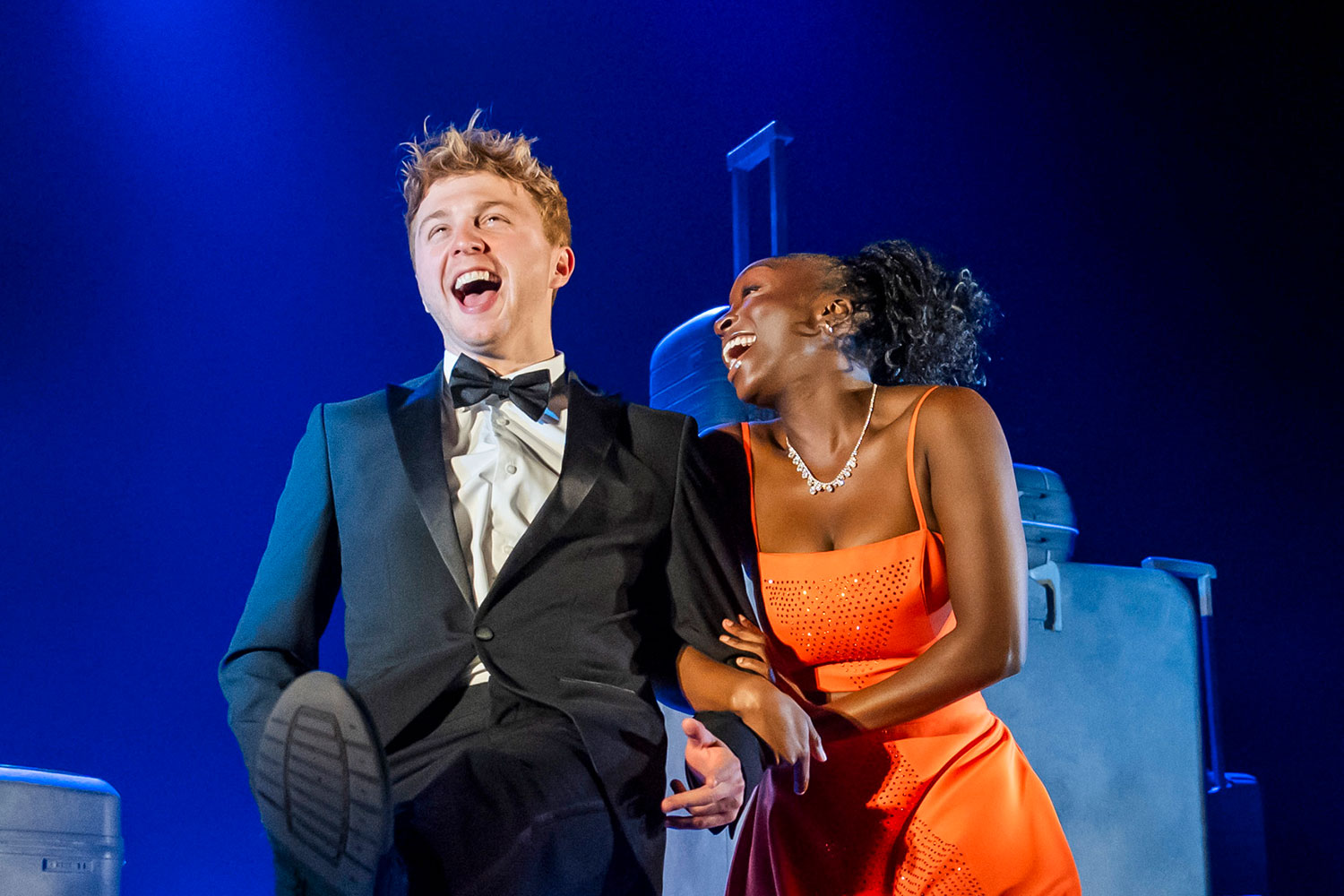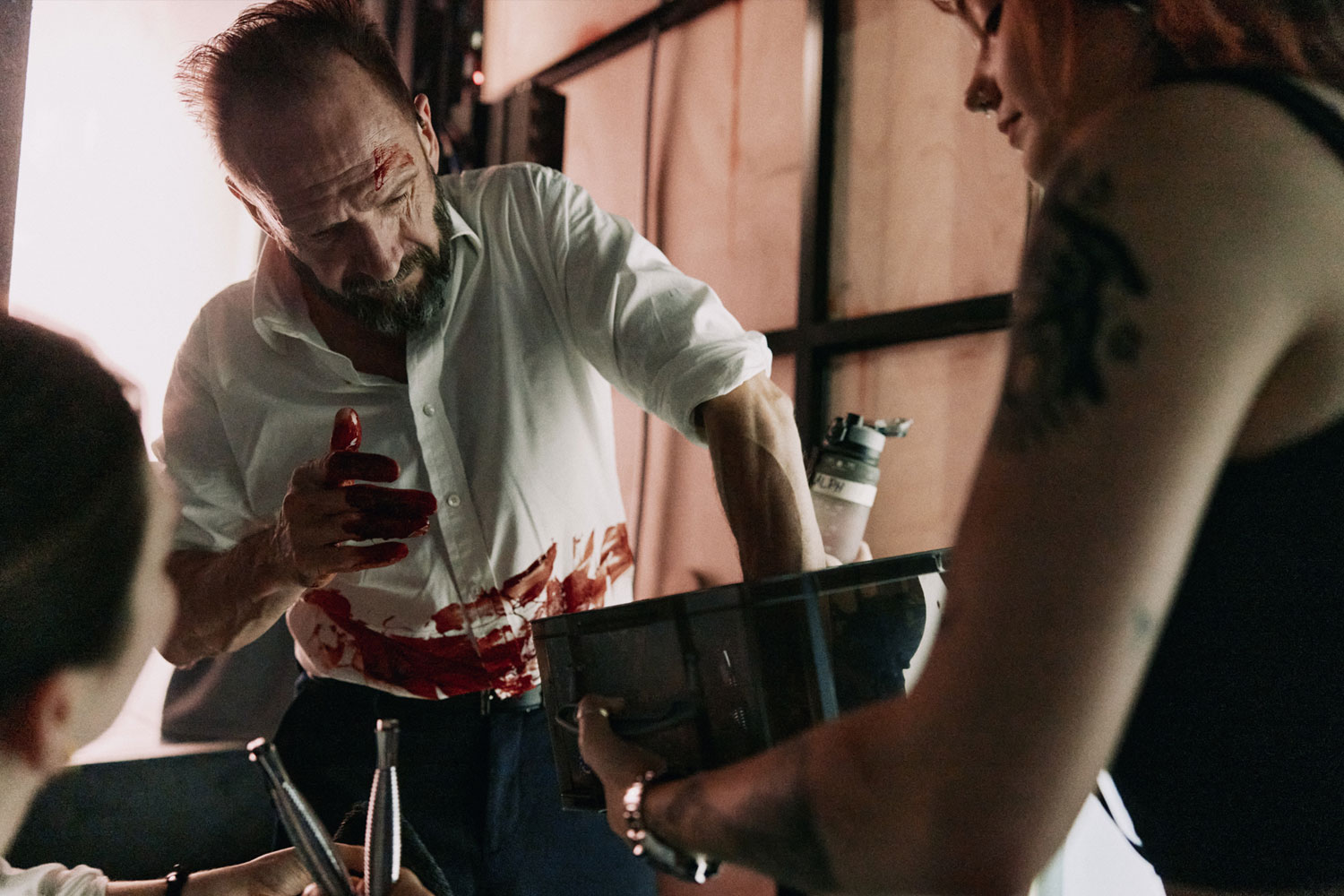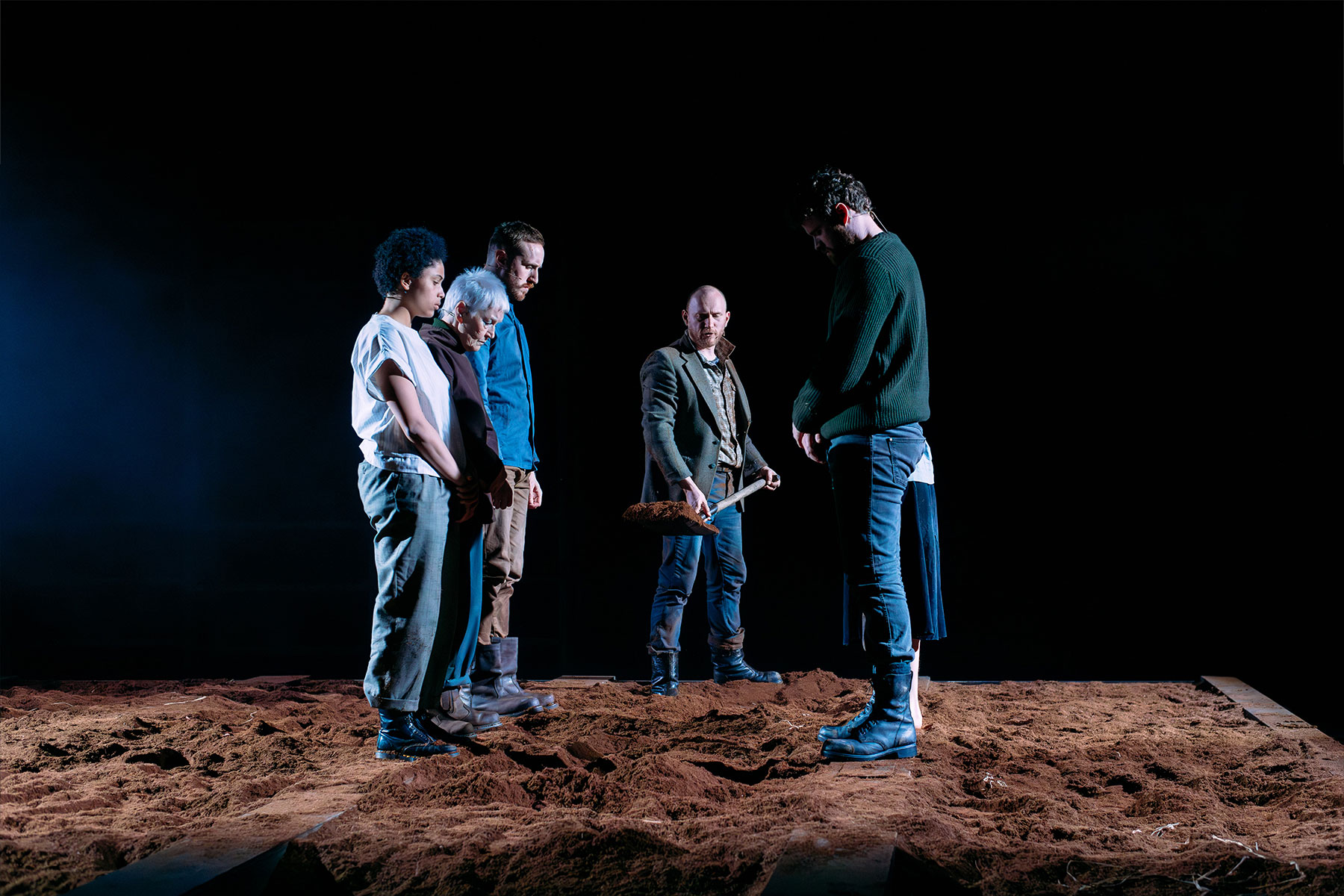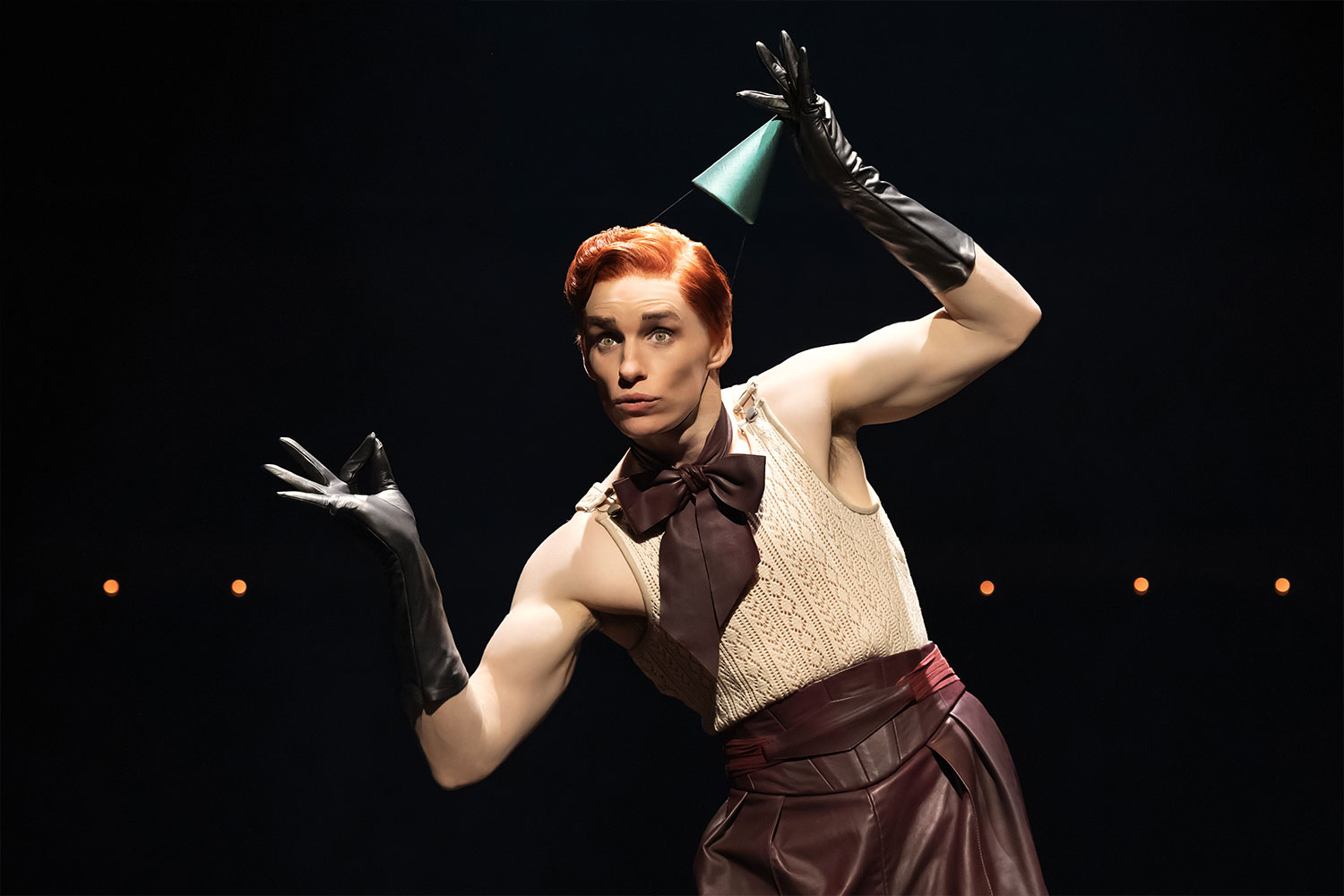Four Farces

I approached this night of Victoriana with trepidation, afraid that the humour would not travel well into the 21st century, and concerned that farce is often fumbled if the players are not physically dexterous and rigorously directed.
Three writers are represented here: John Madison Morton with Box and Cox and A Most Unwarrantable Intrusion, William E.Suter with Wanted, A Young Lady and Joseph Stirling Coyne with Duel in the Dark. Each of them is set in a classic Victorian room, distinguished here by the actors manoeuvring screens and stuffed furniture into different arrangements.
Box and Cox was hugely successful in its day. It has the engaging premise that a landlady, Mrs Bounce (a Victorian Mrs Overall) has rented out the same room to two different men, Box and Cox, one who works a day shift, and one who works a night shift. One day, Cox is given the day off work and the two of them occupy the same space at the same time unwittingly until the truth is revealed, after which they discover they have many other things in common (including a girlfriend), with coincidence piling on coincidence in classic farcical fashion.
Wanted, A Young Lady features a dastardly rakish son falling for a ladies companion, aided and abetted by a drunken, cross-dressing servant. In A Most Unwarrantable Intrusion, Mr Snoozle, smug and middle-class, looks forward to a day of peace, without family or servants. Then a man tries to commit suicide in his garden pond, and, after saving him, Snoozle finds his house invaded by an apparent lunatic who dunks a muffin in the goldfish bowl, steals his snuffbox and tries to become his heir.
Duel in the Dark concerns a suspicious wife who disguises herself as a French countess to entrap her errant husband on a trip to Dieppe, and includes a man playing a maid, and the aforementioned wife playing a love-rival for herself. It climaxes in a shoot-out.
All four playlets have similar elements: misunderstandings, disguises, double-crossings, accelerated comic escalation and boisterous action. The three performers, Richard Latham, Asta Parry and John O’Connor, throw themselves into their roles with madcap glee, expertly giving life to the stereotypes, and playing the slapstick with cheeky knowingness.
Director Jonathan Kemp understands his material well, and has instilled the discipline into the actors that farce needs. The language of the time is well worth savouring: a man is ‘frantically attached’ to his intended; a girl is ‘deucedly pretty’; and a fat chap is ‘an extensive creature’.
This is a very entertaining evening, fascinating for students of theatre history, but also enjoyable on its own terms. An added bonus is that Wilton’s are giving nightly prizes to audience members in the best Victorian costume – another way you could join in with the spirit of these surprisingly unstuffy Victorian forebears.










